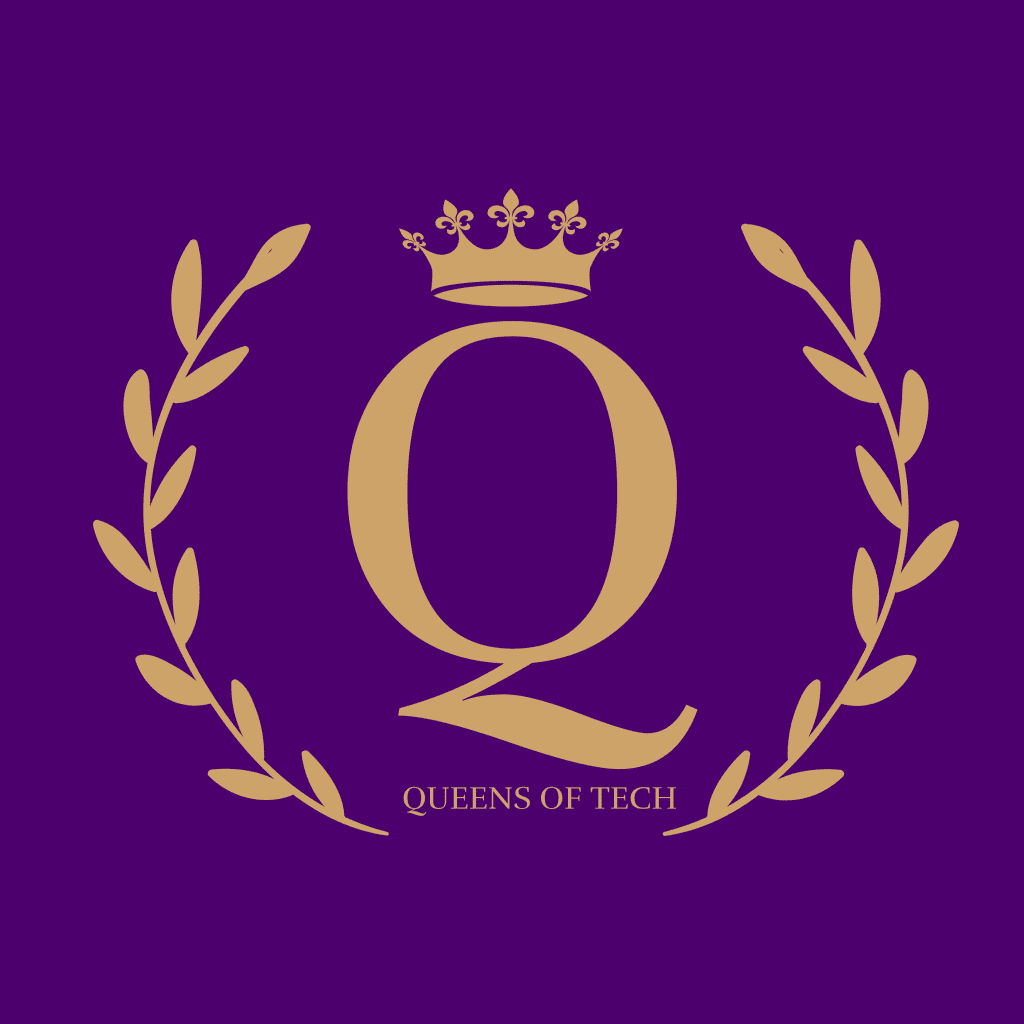
The Future of Tech Is Female How to Achieve Gender Diversity
The Future of Tech Is Female How to Achieve Gender Diversity
Insights
Celebrating DEIB. Representation matters!
The Future of Tech Is Female How to Achieve Gender Diversity
The importance of recognizing the achievements of women in technology.
In “The Future of Tech Is Female: Achieving Gender Diversity” Douglas M. Branson delves into the imperative issue of gender diversity within the technology sector. The book critically examines the underrepresentation of women in technology and offers a comprehensive analysis of the challenges they face. Branson provides readers with insights into the historical context of gender inequality in tech and scrutinizes the reasons behind this ongoing disparity. He further discusses notable women in tech and the initiatives and movements aimed at addressing this pressing concern.
Douglas M. Branson’s book, “The Future of Tech Is Female,” is an essential contribution to the dialogue on gender diversity in the technology industry. Branson provides an in-depth analysis of the historical and contemporary factors that have led to the underrepresentation of women in tech. This historical context is vital, as it reveals the persistent nature of the issue.
One key takeaway from the book is the importance of recognizing the achievements of women in technology. By highlighting the accomplishments and contributions of women who have broken barriers in the industry, Branson underscores the significance of their presence. It serves as an inspiration for aspiring female technologists and a reminder of the positive impact they can have.
Additionally, the book delves into the initiatives, programs, and organizations that are working toward achieving gender diversity in tech. Branson’s analysis of these efforts offers a comprehensive view of the strategies being employed to rectify the gender imbalance. It also provides a sense of hope and optimism that real progress can be made.
However, the book also addresses the persisting challenges and barriers that women continue to face in the tech sector. From the gender pay gap to the prevalence of unconscious biases, Branson candidly discusses the hurdles that need to be overcome. This highlights the urgency of concerted efforts to break down these obstacles.
Examples from the book:
Historical Gender Disparities: the historical context of gender disparities in the tech industry, emphasizing the significant underrepresentation of women in technology-related roles over the years.
Pioneering Women in Tech: otable women who have made groundbreaking contributions to the technology field, such as Ada Lovelace, Grace Hopper, or contemporary figures like Sheryl Sandberg. These examples serve as role models for aspiring female technologists.
Barriers and Challenges: the challenges and barriers that women face when pursuing careers in technology, including issues like the gender pay gap, unequal opportunities, and workplace biases.
Diversity Initiatives: various initiatives, programs, and organizations that are dedicated to promoting gender diversity in tech, such as Girls Who Code, Women Who Code, or corporate diversity and inclusion efforts.
Corporate Leadership: the role of leadership within tech companies in fostering gender diversity. This could include discussing companies with female CEOs, diversity policies, or case studies of businesses that have successfully improved gender representation.
Intersectionality: how gender diversity efforts should also consider intersectionality, acknowledging the unique challenges faced by women of color, LGBTQ+ women, or women with disabilities in the tech sector.
Discussion points:
Historical Perspective: Discuss how understanding the historical context of gender inequality in tech is crucial for addressing the issue effectively.
Role Models: Explore the importance of recognizing and celebrating women who have made significant contributions to the technology industry.
Initiatives for Change: Consider the various programs and initiatives aimed at achieving gender diversity in tech, and their potential impact.
Ongoing Challenges: Examine the barriers and challenges women still face in the tech sector, such as the gender pay gap and unconscious bias.
Call to Action: Discuss the implications of the book’s insights and the urgency of taking action to rectify the gender imbalance in tech.
“The Future of Tech Is Female” sheds light on the complex issue of gender diversity in the technology sector and underscores its far-reaching implications. The book makes a strong case for the necessity of achieving gender equality in tech, not only for the benefit of women but also for the industry and society as a whole. The implications of this book extend beyond the pages, emphasizing the need for continued efforts to create a more inclusive and diverse tech landscape. It prompts discussions and actions that can lead to a brighter future where the technology industry truly reflects the diversity of the world it serves.
Douglas M. Branson’s book, “The Future of Tech Is Female,” is an essential contribution to the dialogue on gender diversity in the technology industry. Branson provides an in-depth analysis of the historical and contemporary factors that have led to the underrepresentation of women in tech. This historical context is vital, as it reveals the persistent nature of the issue.
One key takeaway from the book is the importance of recognizing the achievements of women in technology. By highlighting the accomplishments and contributions of women who have broken barriers in the industry, Branson underscores the significance of their presence. It serves as an inspiration for aspiring female technologists and a reminder of the positive impact they can have.
Additionally, the book delves into the initiatives, programs, and organizations that are working toward achieving gender diversity in tech. Branson’s analysis of these efforts offers a comprehensive view of the strategies being employed to rectify the gender imbalance. It also provides a sense of hope and optimism that real progress can be made.
However, the book also addresses the persisting challenges and barriers that women continue to face in the tech sector. From the gender pay gap to the prevalence of unconscious biases, Branson candidly discusses the hurdles that need to be overcome. This highlights the urgency of concerted efforts to break down these obstacles.
Examples from the book:
Historical Gender Disparities: the historical context of gender disparities in the tech industry, emphasizing the significant underrepresentation of women in technology-related roles over the years.
Pioneering Women in Tech: otable women who have made groundbreaking contributions to the technology field, such as Ada Lovelace, Grace Hopper, or contemporary figures like Sheryl Sandberg. These examples serve as role models for aspiring female technologists.
Barriers and Challenges: the challenges and barriers that women face when pursuing careers in technology, including issues like the gender pay gap, unequal opportunities, and workplace biases.
Diversity Initiatives: various initiatives, programs, and organizations that are dedicated to promoting gender diversity in tech, such as Girls Who Code, Women Who Code, or corporate diversity and inclusion efforts.
Corporate Leadership: the role of leadership within tech companies in fostering gender diversity. This could include discussing companies with female CEOs, diversity policies, or case studies of businesses that have successfully improved gender representation.
Intersectionality: how gender diversity efforts should also consider intersectionality, acknowledging the unique challenges faced by women of color, LGBTQ+ women, or women with disabilities in the tech sector.
Discussion points:
Historical Perspective: Discuss how understanding the historical context of gender inequality in tech is crucial for addressing the issue effectively.
Role Models: Explore the importance of recognizing and celebrating women who have made significant contributions to the technology industry.
Initiatives for Change: Consider the various programs and initiatives aimed at achieving gender diversity in tech, and their potential impact.
Ongoing Challenges: Examine the barriers and challenges women still face in the tech sector, such as the gender pay gap and unconscious bias.
Call to Action: Discuss the implications of the book’s insights and the urgency of taking action to rectify the gender imbalance in tech.
“The Future of Tech Is Female” sheds light on the complex issue of gender diversity in the technology sector and underscores its far-reaching implications. The book makes a strong case for the necessity of achieving gender equality in tech, not only for the benefit of women but also for the industry and society as a whole. The implications of this book extend beyond the pages, emphasizing the need for continued efforts to create a more inclusive and diverse tech landscape. It prompts discussions and actions that can lead to a brighter future where the technology industry truly reflects the diversity of the world it serves.












